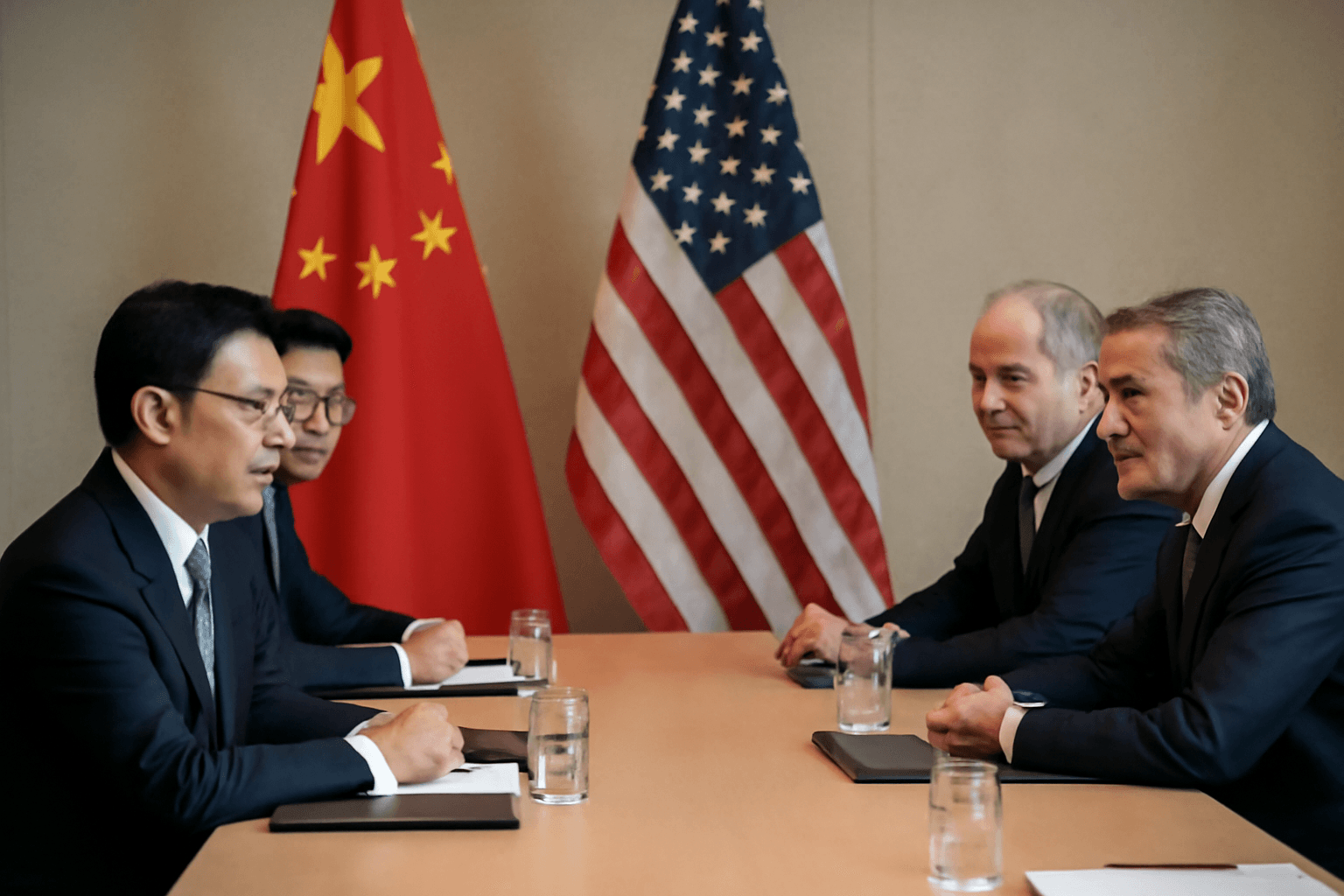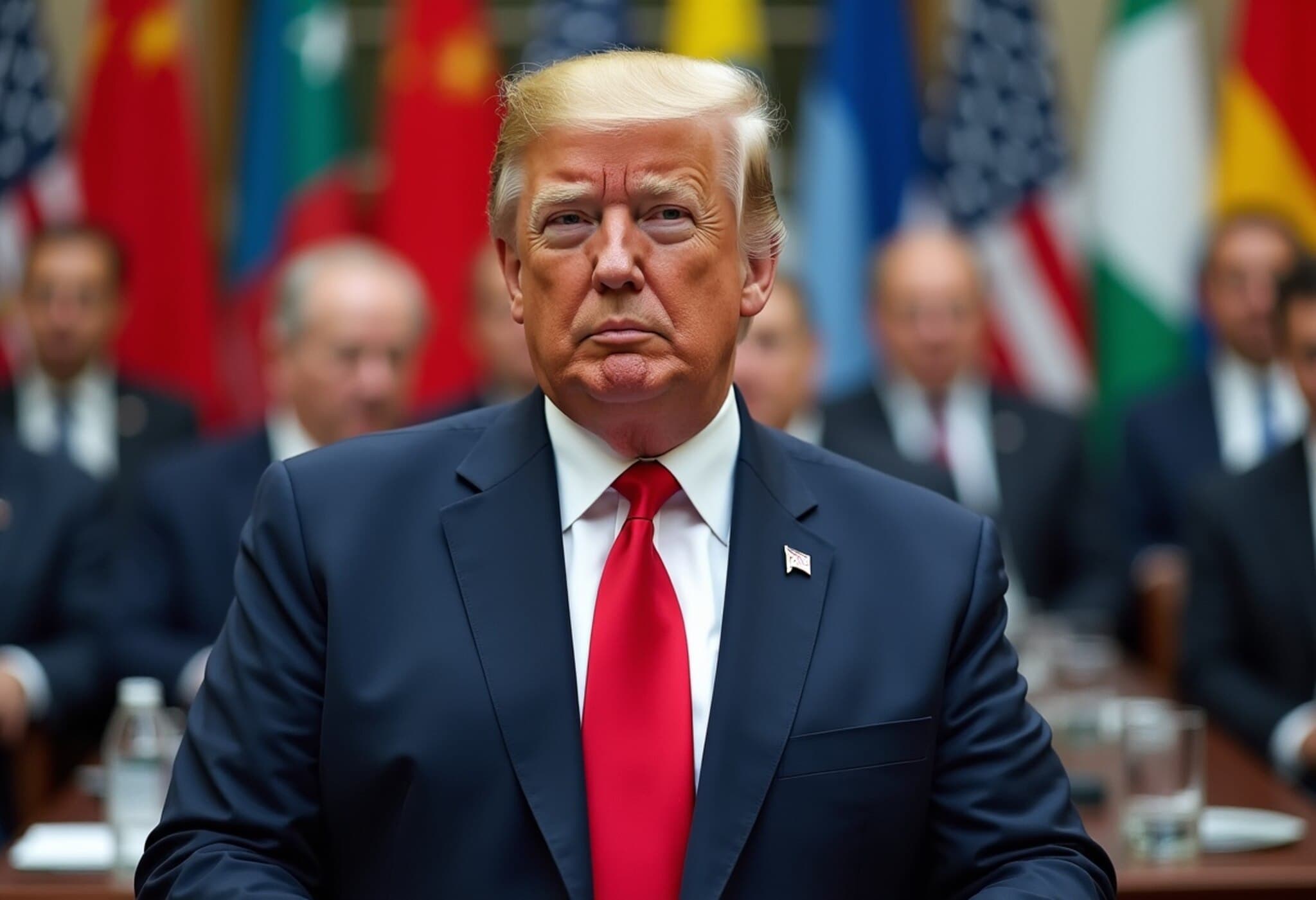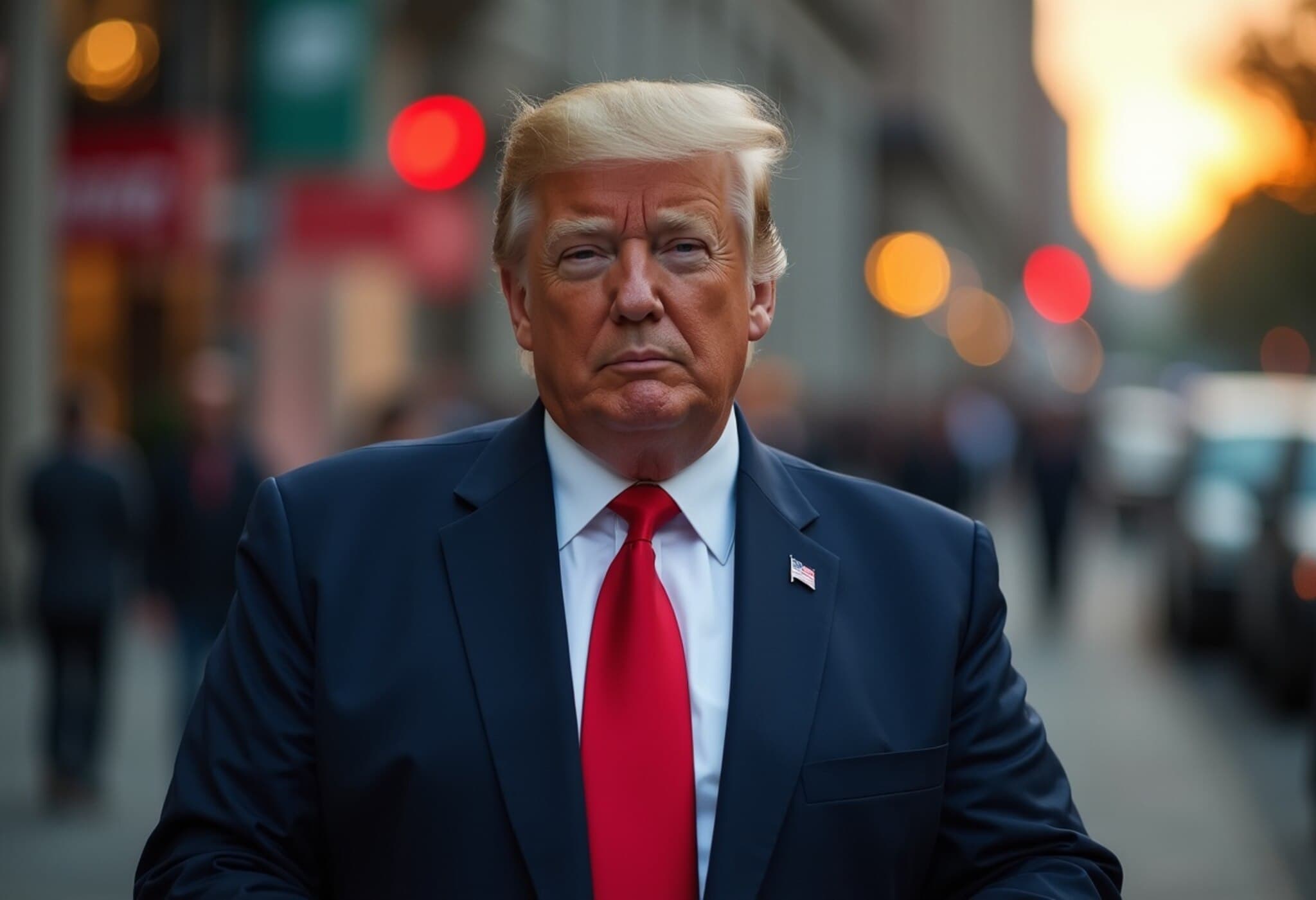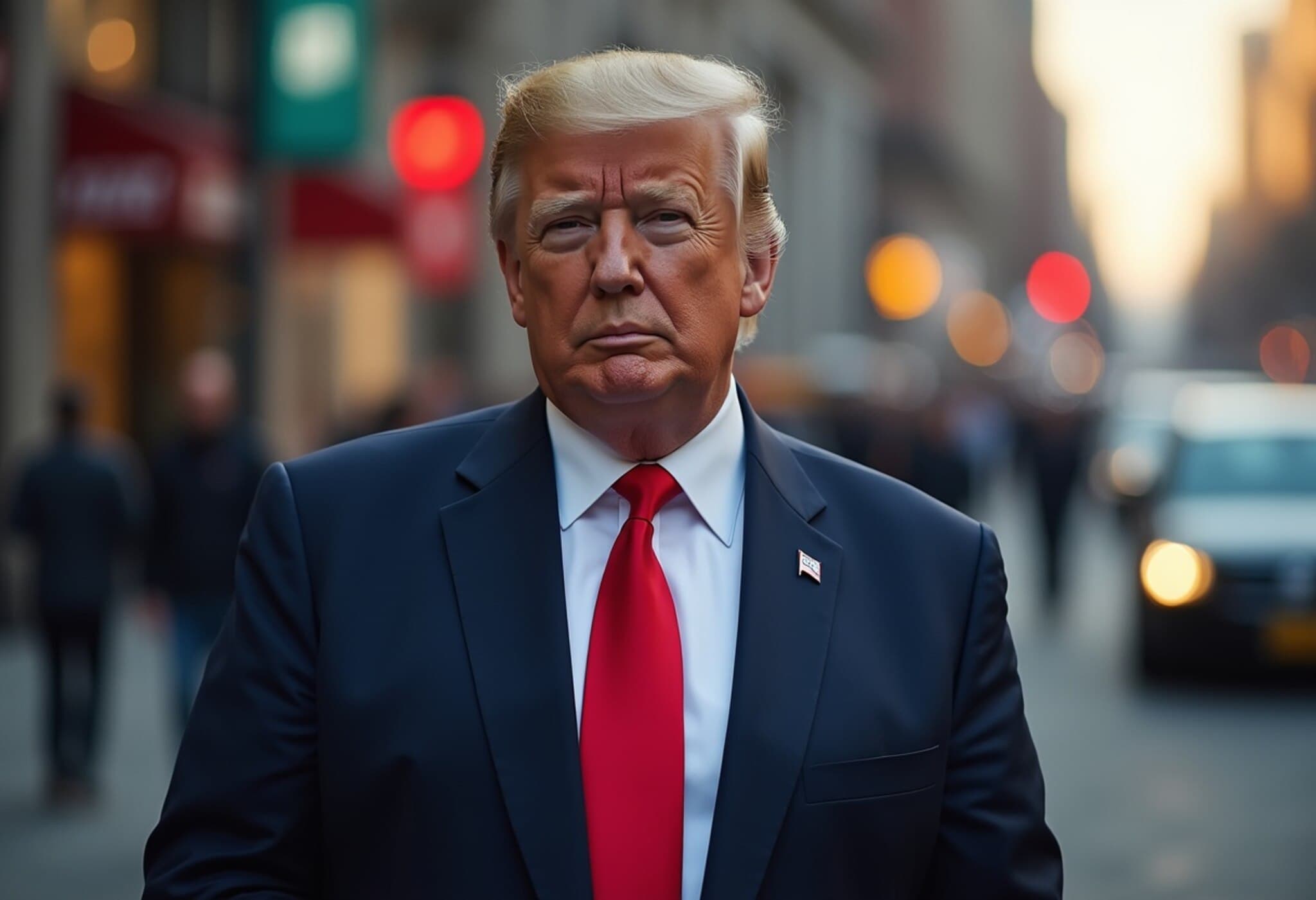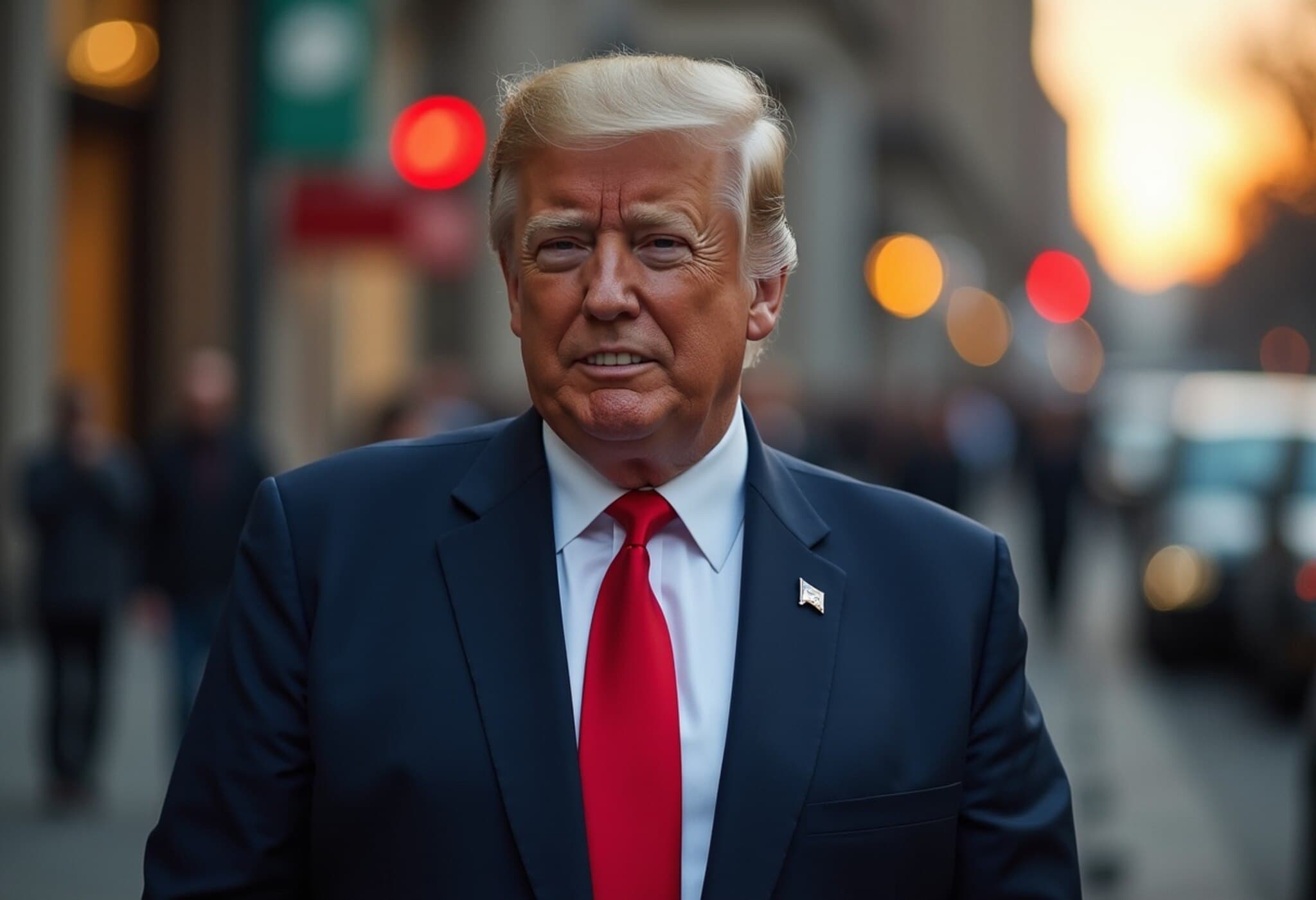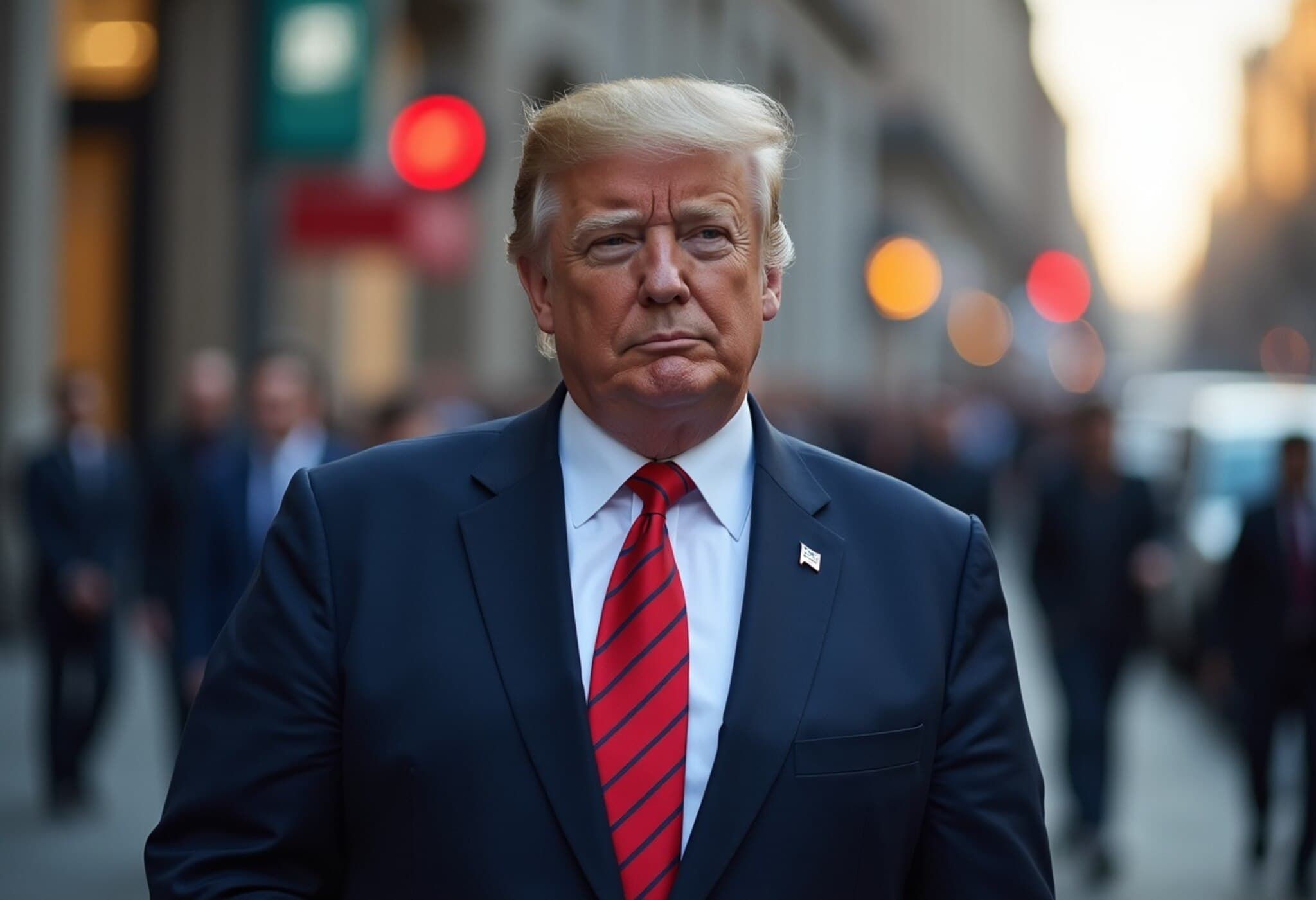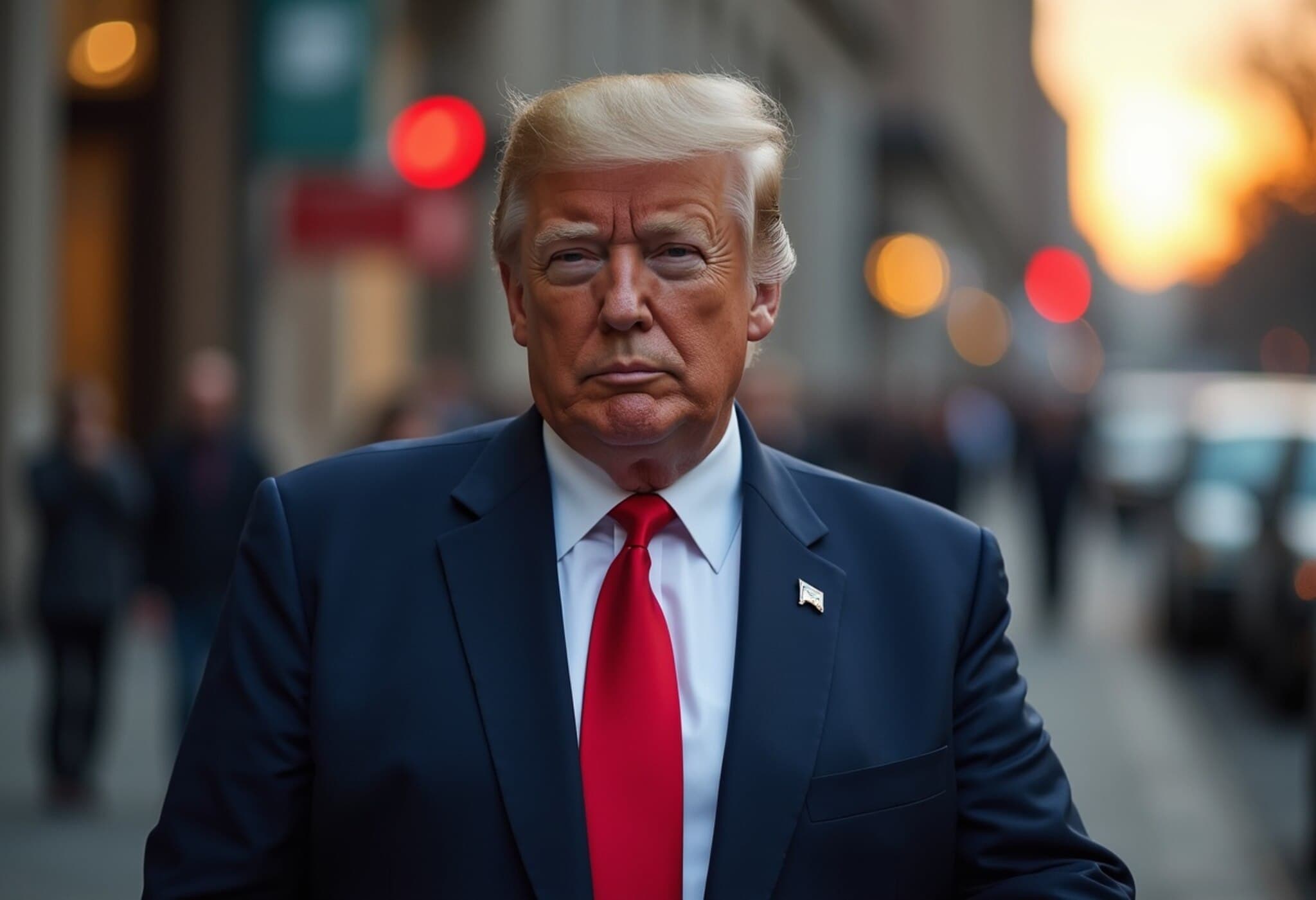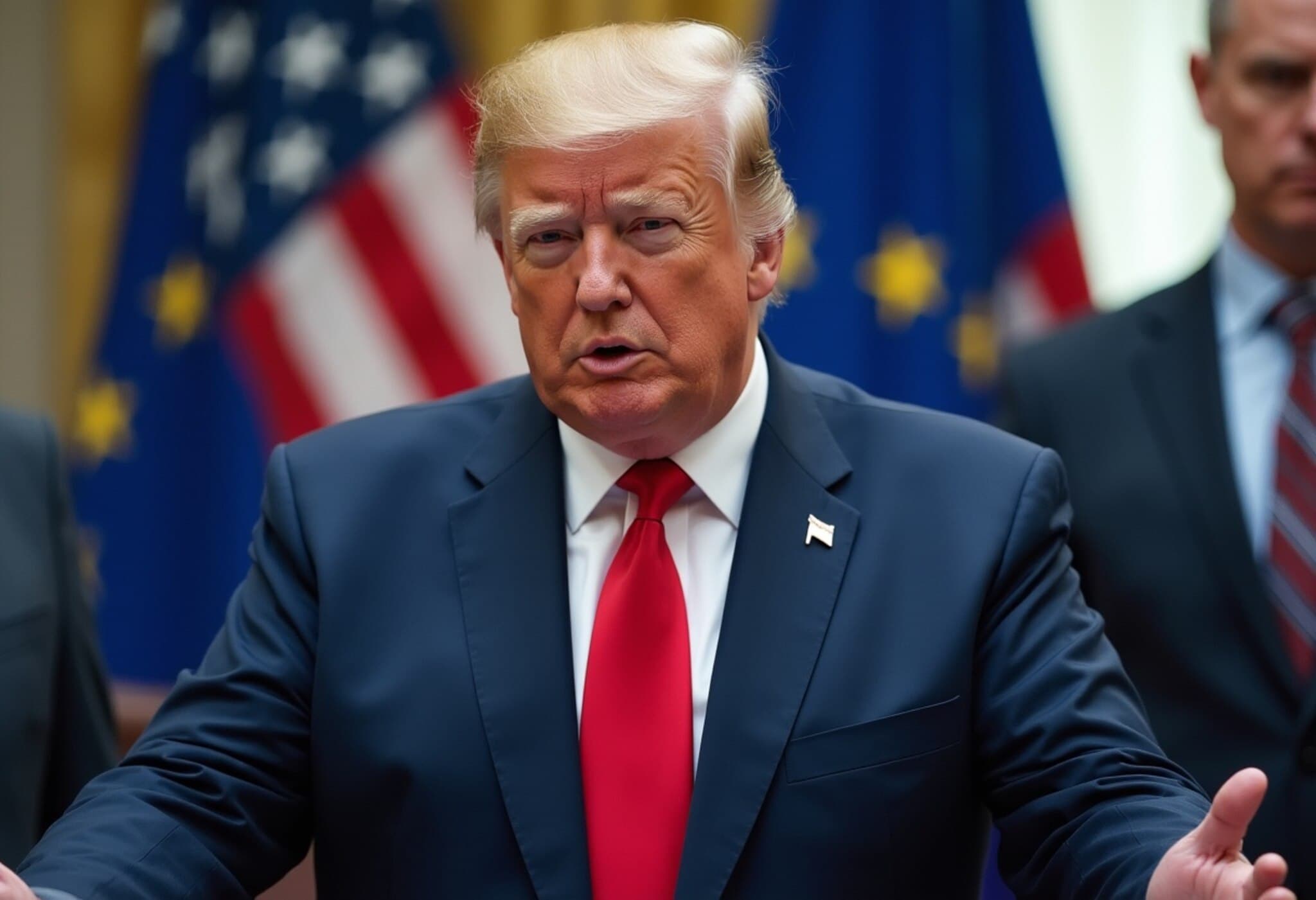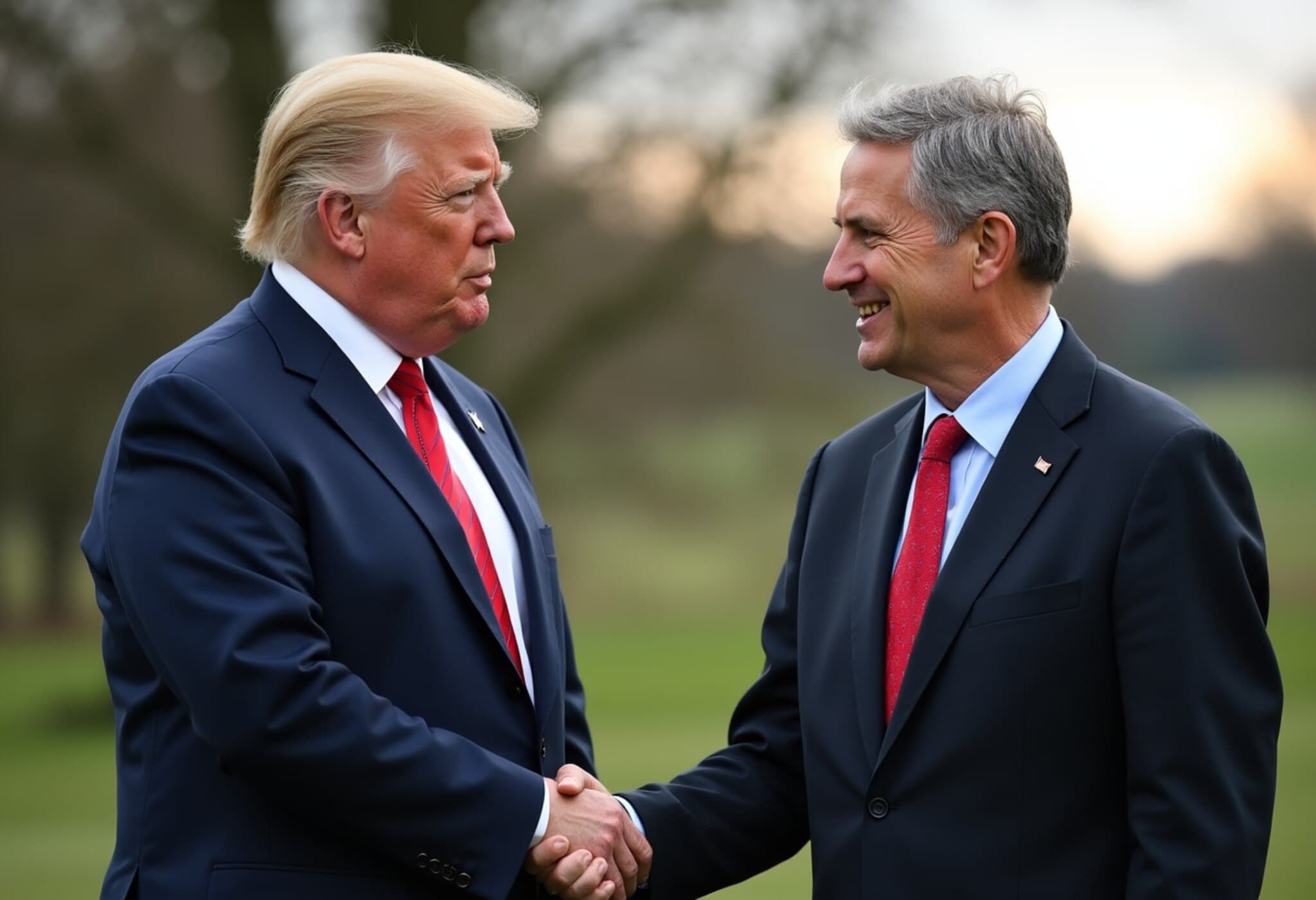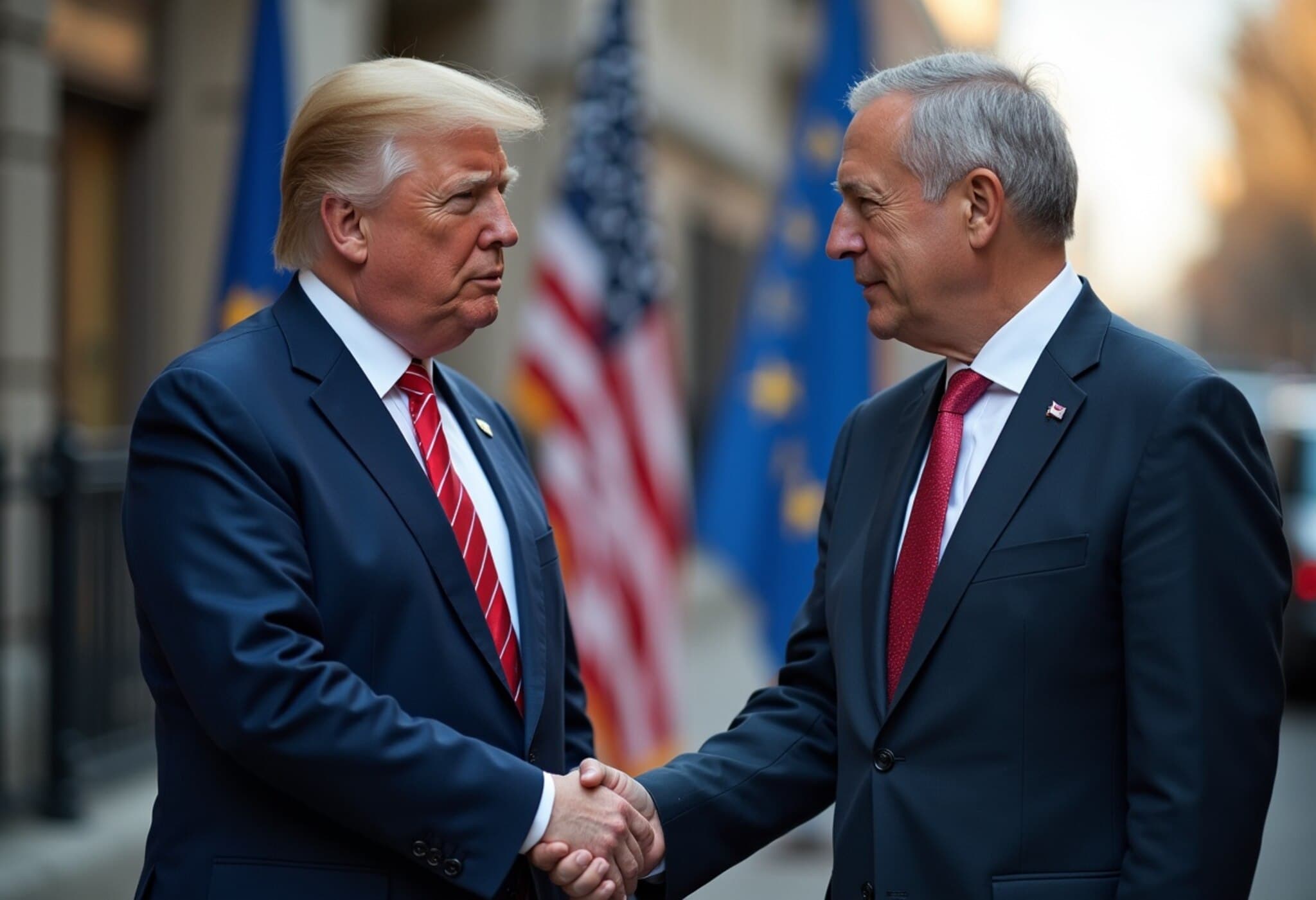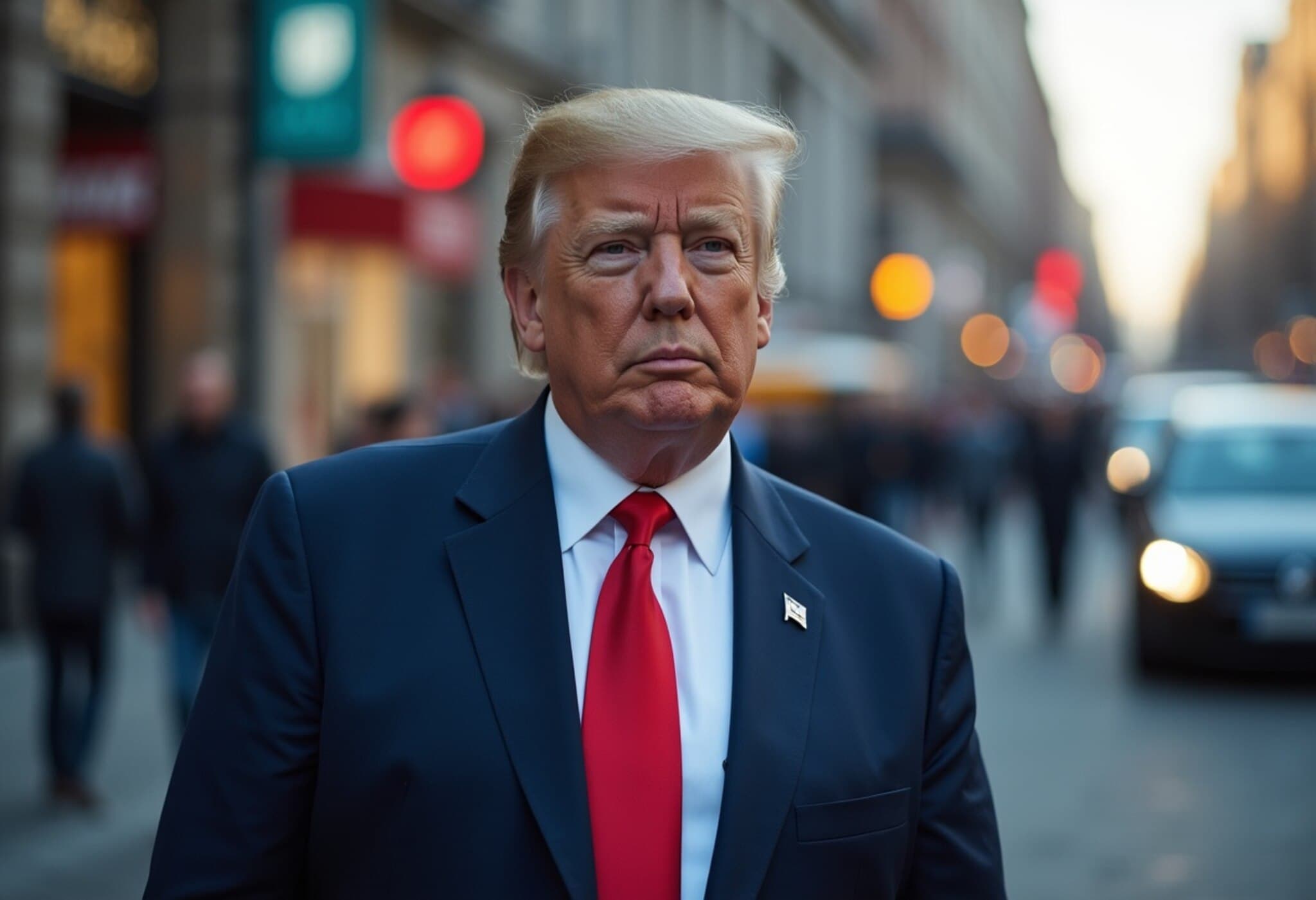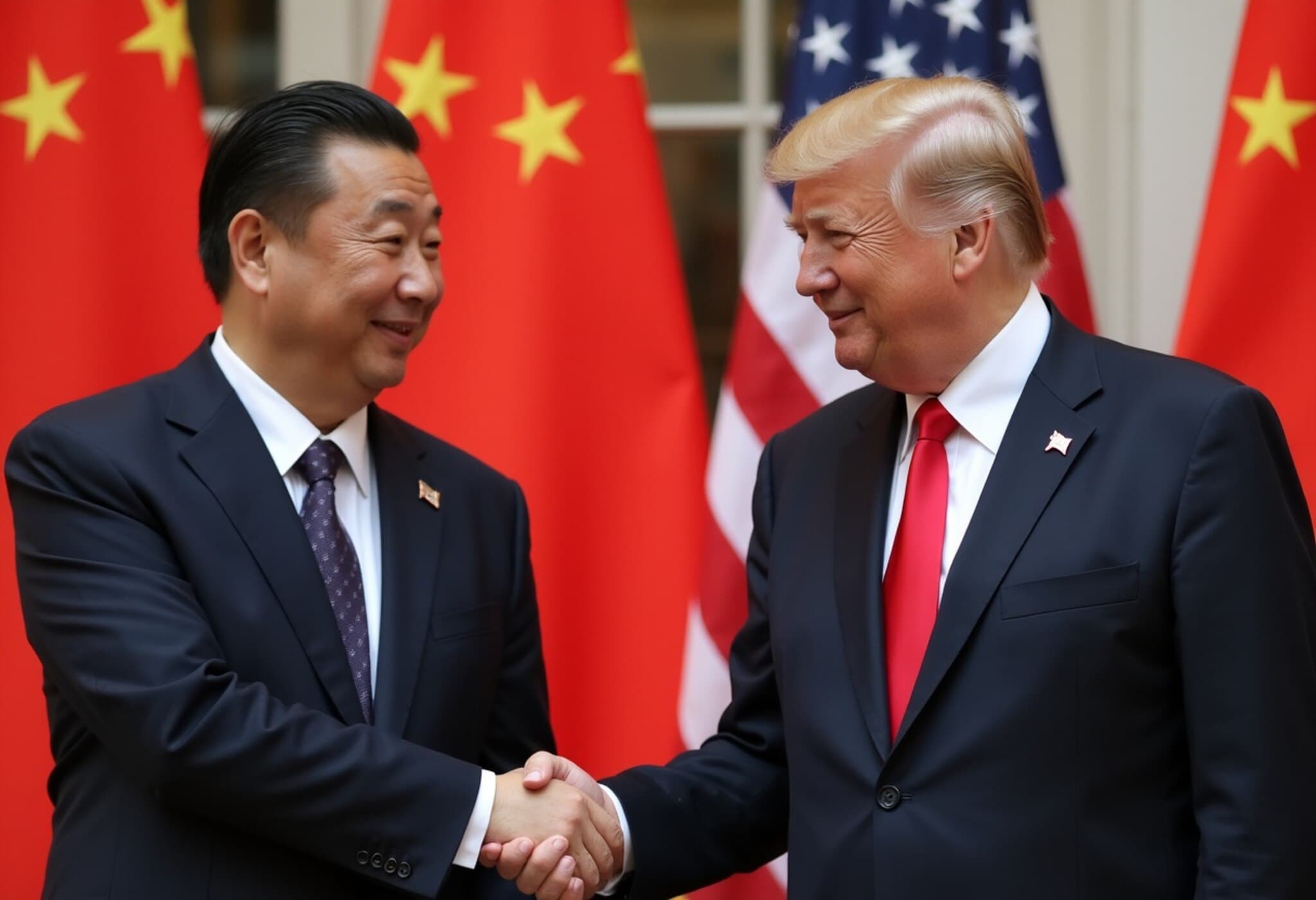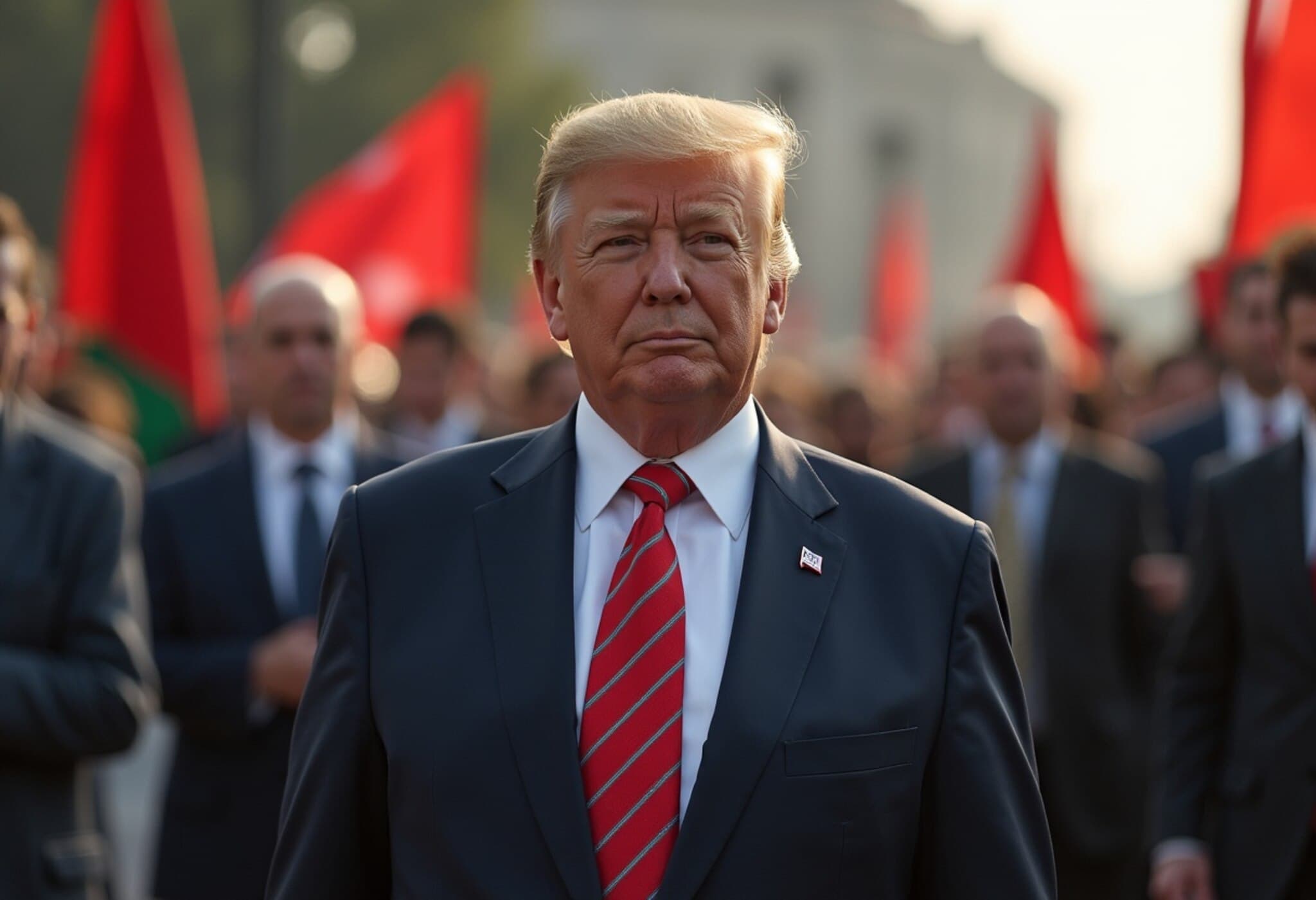EU Eyes Breakthrough in US Trade Deal Amid Ongoing Tariff Discussions
In a significant development for transatlantic trade relations, the European Union has signaled optimism about clinching a trade agreement with the United States, even as tough negotiations about tariffs continue. This potential deal comes at a moment when both sides are navigating a complex web of tariffs, trade regulations, and geopolitical considerations.
Closer Than Ever: Progress in High-Stakes Trade Talks
On July 24, 2025, an EU trade spokesperson, Olof Gill, articulated a cautiously optimistic stance: “As regards a deal as an outcome, we believe such an outcome is within reach.” This perspective comes on the heels of a series of intense diplomatic exchanges, including a recent conversation between the EU’s top trade negotiator, Maros Sefcovic, and US Commerce Secretary Howard Lutnick.
Diplomatic sources indicate that the United States has proposed a baseline tariff rate of 15%, potentially offering carve-outs for sensitive sectors such as pharmaceuticals and aviation. While no final agreement has been reached, the negotiations suggest both parties are serious about bridging their differences.
Behind the Scenes: The Stakes of Trade Tensions
The backdrop to these talks is a series of tariffs and counter-tariffs that have rattled markets and complicated global supply chains. Earlier this week, EU member states approved a counter-tariff package aimed at US goods worth approximately €93 billion (around $109 billion), which would take effect from August 7 if negotiations fail. These retaliatory tariffs could rise up to 30%, signaling the EU’s readiness to push back decisively if necessary.
Beyond Goods: Targeting US Tech and Finance in Potential Countermeasures
In addition to tariffs on goods, the EU is preparing to take aim at US service sectors, notably technology and financial companies, by deploying regulatory and operational constraints if talks collapse. Although these plans have not yet been formally presented to EU member states, they underscore the seriousness with which Brussels approaches this negotiation.
The ‘Anti-Coercion Instrument’: Europe’s Strategic Trade Lever
One of the most potent tools in the EU’s arsenal is the so-called anti-coercion instrument, a trade weapon designed to counteract coercive economic practices by third countries. France has championed this measure, which empowers the EU to impose a range of restrictions—including import and export bans on goods and services—to protect its economic sovereignty.
Though never wielded before, this instrument represents the EU’s strategic readiness to defend its interests in an increasingly fractured global trade environment.
Expert Analysis: What This Means for US-EU Relations and Global Trade
Experts suggest that a successful deal could reset the tone for US-EU economic ties, potentially easing market volatility and restoring confidence among multinational businesses. However, the lingering presence of tariffs and unresolved tensions around technology transfer, intellectual property rights, and regulatory harmonization mean that the path ahead remains complex.
From a policy standpoint, this negotiation coincides with growing pressure within the US to protect domestic industries, while EU leaders balance the demands of member states and the bloc’s long-term ambitions for strategic autonomy.
Underreported Perspectives and Critical Questions
- Regional Economic Impact: How will this deal shift the manufacturing and service landscape, especially in industries critical to both American and European economies?
- Consumer Effects: Will tariff reductions translate into lower prices and more choice for consumers, or will geopolitical risk continue to drive costs?
- Digital Economy Considerations: How might the proposed restrictions on US tech companies influence innovation and data privacy regulations on both continents?
- Strategic Sovereignty: What does invoking the anti-coercion instrument imply about the broader geopolitical competition between the EU, US, China, and other global players?
Looking Ahead: Uncertain But Hopeful
As both sides tread carefully between cooperation and confrontation, the coming weeks will be crucial. Should negotiations succeed, this could herald a new chapter in US-EU trade cooperation, reinforcing the economic powerhouse that accounts for nearly half the world’s GDP. Conversely, failure to reach a deal might escalate tariff battles, disrupt supply chains, and intensify technological and regulatory decoupling.
Editor’s Note
While the prospect of a US-EU trade agreement appears promising, the stakes extend far beyond tariffs alone. This negotiation encapsulates broader questions about global governance, economic sovereignty, and how leading economies adapt to a changing geopolitical landscape. Readers should watch how these developments unfold, considering not only the economic consequences but also the ripple effects on international partnerships and global stability.


